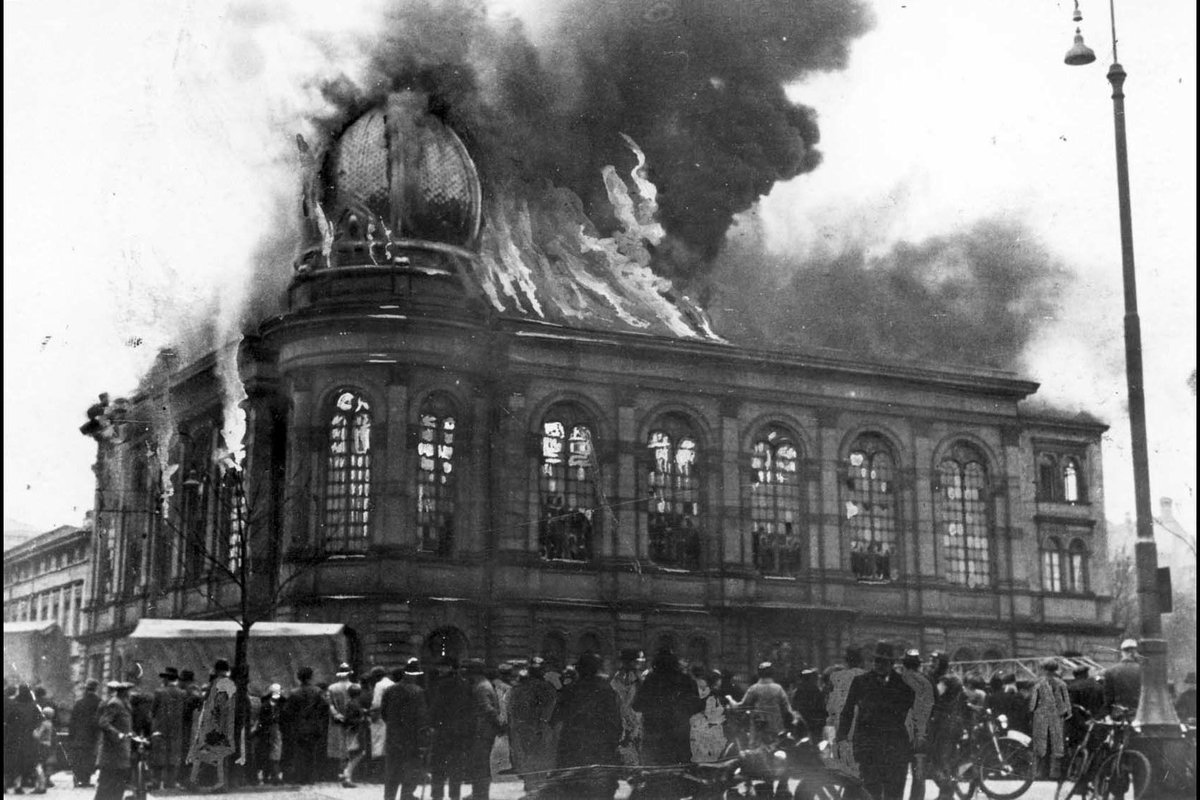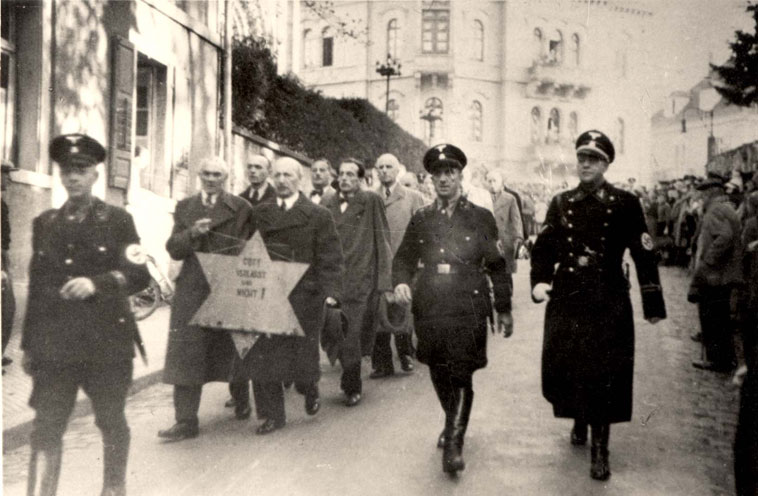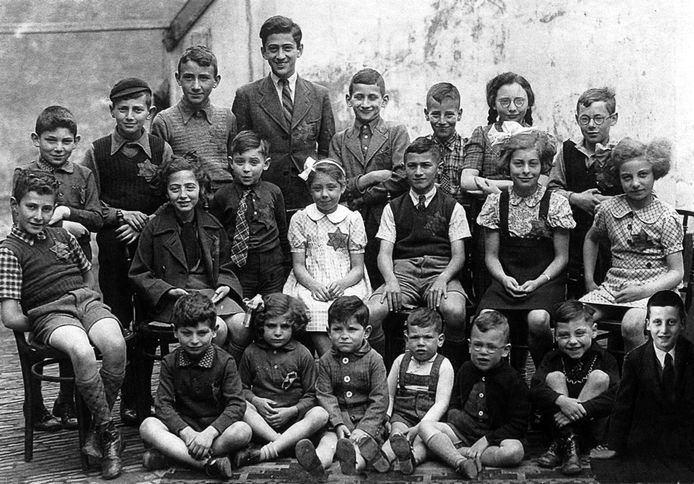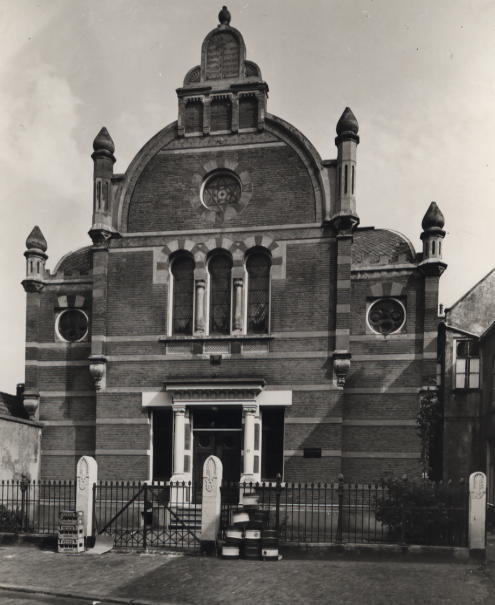(1/8) On 24-04-1936 Jozef Alexander Granaat was born in Rotterdam. He was the son of Simon📷, born 13-09-1905 in London and Rachel Bromet, born 03-05-1907 in Amsterdam. Jozef had 3 older brothers:
> Maurice, born 22-07-1928
> Max, born 07-08-1929
> Jacques, born 10-05-1930
> Maurice, born 22-07-1928
> Max, born 07-08-1929
> Jacques, born 10-05-1930

(2/8) The family lived in Amsterdam.
The first date on Simon's Jewish Council card says 17-09-1942 so they probably arrived there on that date. On the same card, in red pencil, BB 1.2.44.
They were deported to Bergen-Belsen on 01-02-1944.

The first date on Simon's Jewish Council card says 17-09-1942 so they probably arrived there on that date. On the same card, in red pencil, BB 1.2.44.
They were deported to Bergen-Belsen on 01-02-1944.


(3/8) The whole family survived in Bergen Belsen until close to it's liberation. But early April 1945 prisoners were deported to Theresienstadt. 3 trains left from Bergen Belsen. On the last train were 2500 prisoners (1/3 were Dutch), including the granaat family.
(4/8) The train left in the night of 10 to 11 April. (the camp was liberated on the 15th).
The people were densely packed in the wagons which were polluted within hours due to inadequate sanitation. The already weakened and sick evacuees faced a miserable journey without food.
The people were densely packed in the wagons which were polluted within hours due to inadequate sanitation. The already weakened and sick evacuees faced a miserable journey without food.
(5/8) They feared they would be killed.
The train ran in 14 days, which had to stop constantly to give way to other trains or to take cover from bombing raids, first in the direction of Hamburg, then through devastated Berlin and finally stranded at the village of Tröbitz.

The train ran in 14 days, which had to stop constantly to give way to other trains or to take cover from bombing raids, first in the direction of Hamburg, then through devastated Berlin and finally stranded at the village of Tröbitz.


(6/8) There the train was liberated by the Russians.
On the way and in the first weeks after arrival, about 500 passengers would die, many as a result of typhoid fever. But also from the sudden presence of food. Their bodies could no longer withstand this after months of famine😢
On the way and in the first weeks after arrival, about 500 passengers would die, many as a result of typhoid fever. But also from the sudden presence of food. Their bodies could no longer withstand this after months of famine😢
(7/8) Among the deceased were Simon and his sons Jozef Alexander and Maurice.😢
A Jewish cemetery was created behind the Christian cemetery in Tröbiz, where they were burried.
But in 1950 the remains of Simon, Maurice and Joseph Alexander were transferred to the Netherlands.


A Jewish cemetery was created behind the Christian cemetery in Tröbiz, where they were burried.
But in 1950 the remains of Simon, Maurice and Joseph Alexander were transferred to the Netherlands.



(8/8) In Tröbitz a monument has been created for the victims of 'Der verloren zug' or 'the lost train'.
On a wall the names of all victims are listed
Jozef Alexander, Maurice and Simon we will remember you! 😢💔🕯️✡️
More (translated) info on wikipedia:
translate.google.com/translate?dept…
On a wall the names of all victims are listed
Jozef Alexander, Maurice and Simon we will remember you! 😢💔🕯️✡️
More (translated) info on wikipedia:
translate.google.com/translate?dept…
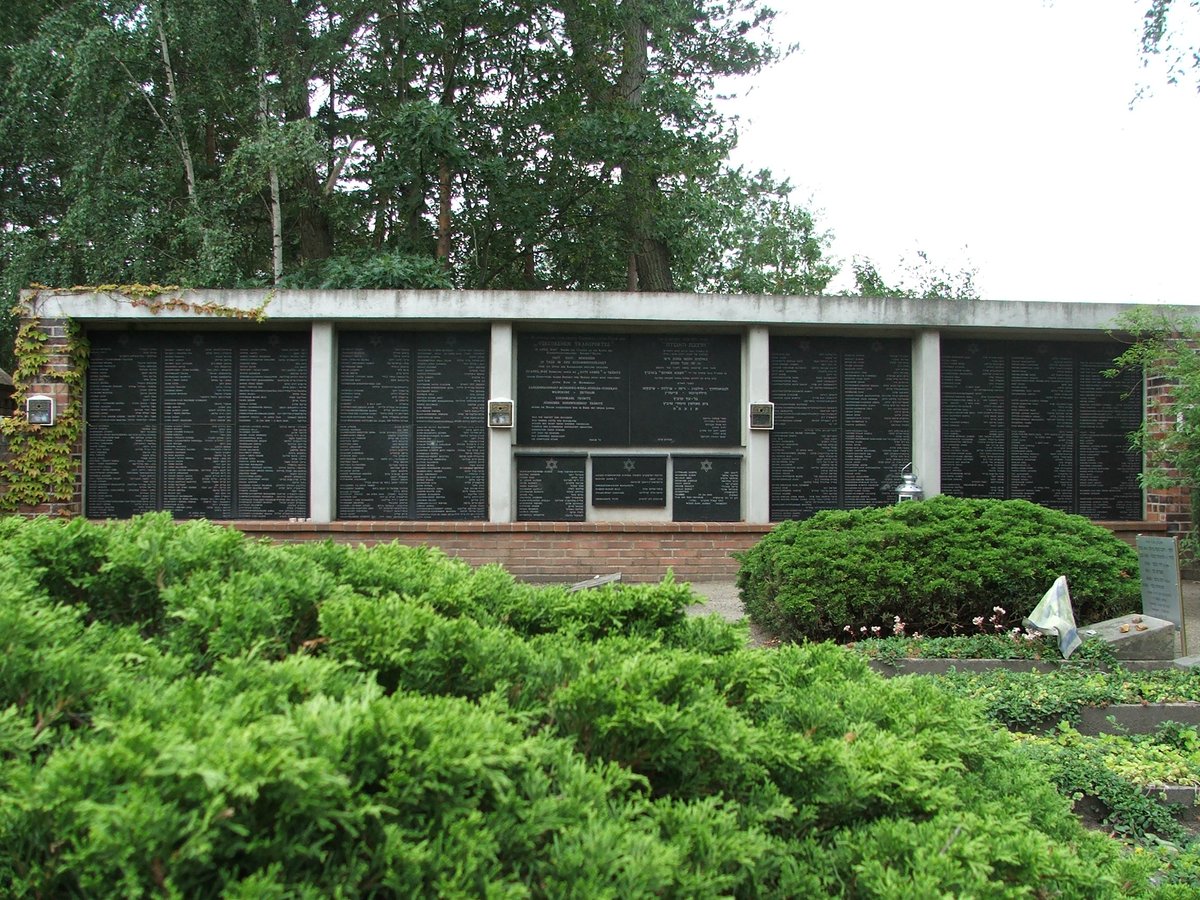
• • •
Missing some Tweet in this thread? You can try to
force a refresh



